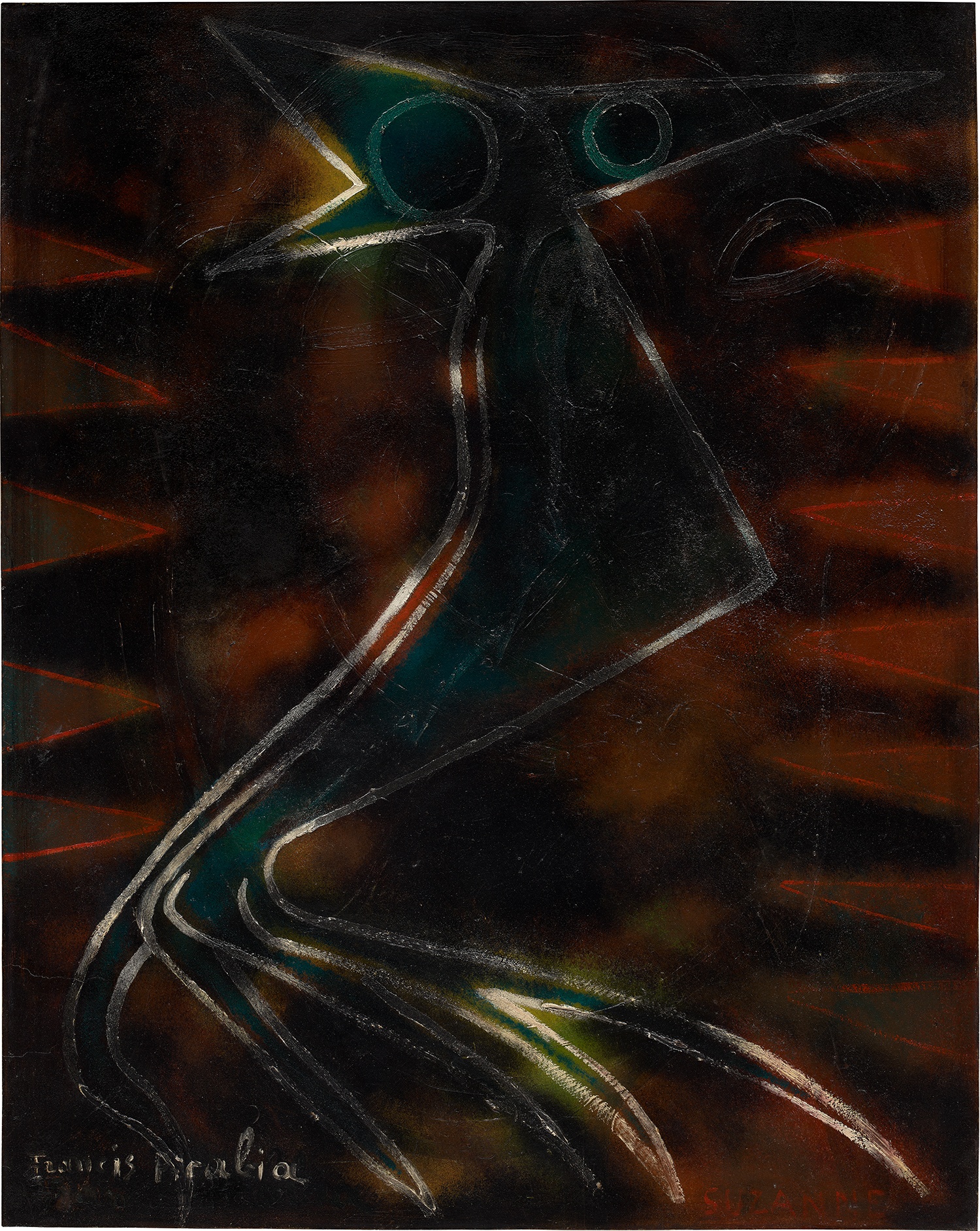

140
Francis Picabia
Suzanne
Further Details
Full-Cataloguing
Francis Picabia
Few members of the 20th Century avant-garde are as paradoxical as Francis Picabia. Though best known today for his work as a Dadaist, his oeuvre is characterized by the many disparate styles he switched embrace over the course of his fifty-year career. He first garnered attention for late Post-Impressionist works done in the style of Paul Signac but later assumed a Cubistic style as he participated in the advent of abstraction. Picabia then developed a more radical aesthetic through his friendships with leading members of the avant-garde like Marcel Duchamp, Guillaume Apollinaire, and Man Ray, creating mechanistic anatomies and Dadaist works that integrate text and refined abstract forms. He flirted next with Surrealism, creating dreamlike strata of layered imagery and later experimented with intentionally garish works based on found photos before rounding out his career by returning to expressions of pure abstraction. The only constant in Picabia’s career was his unwillingness to remain the same.
Picabia’s work has been widely celebrated during and after his lifetime with several significant retrospectives, including a landmark 2016 exhibition at the Museum of Modern Art, New York. Picabia’s work is held in the permanent collections of Philadelphia Museum of Art, the Art Institute of Chicago, Tate, London, and the Musée National d’Art Moderne, Paris.